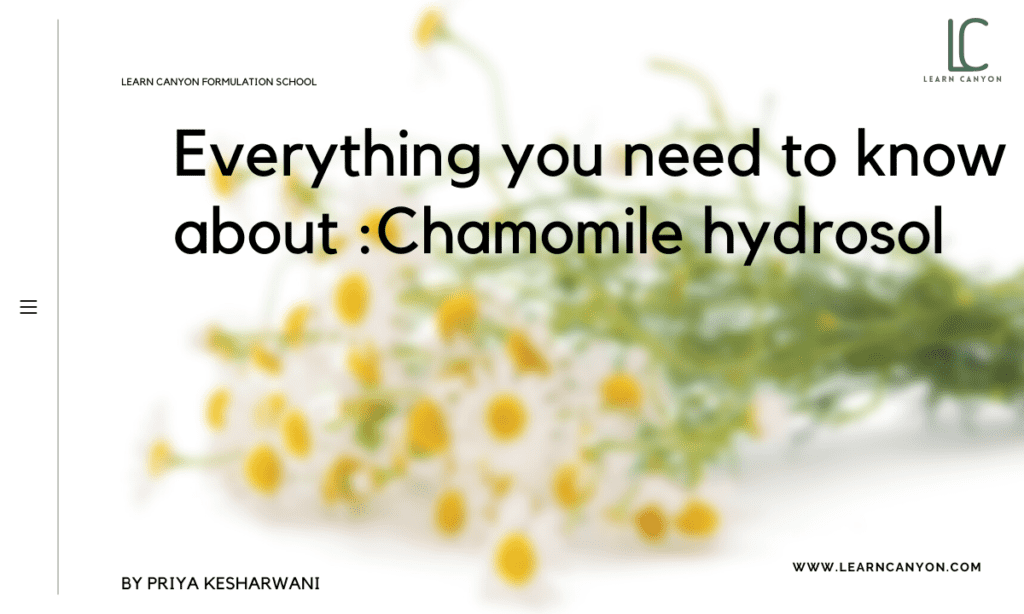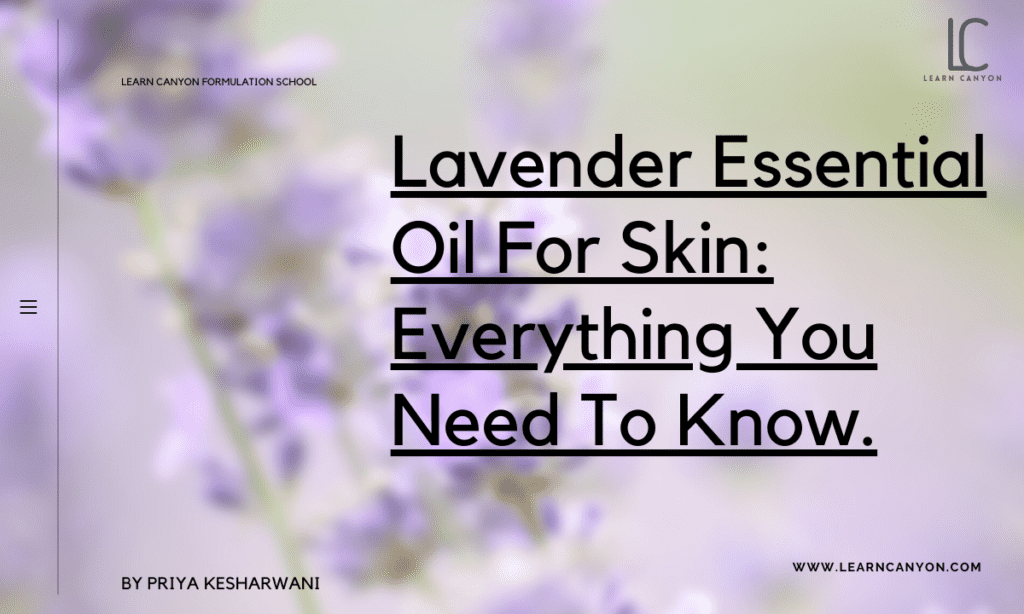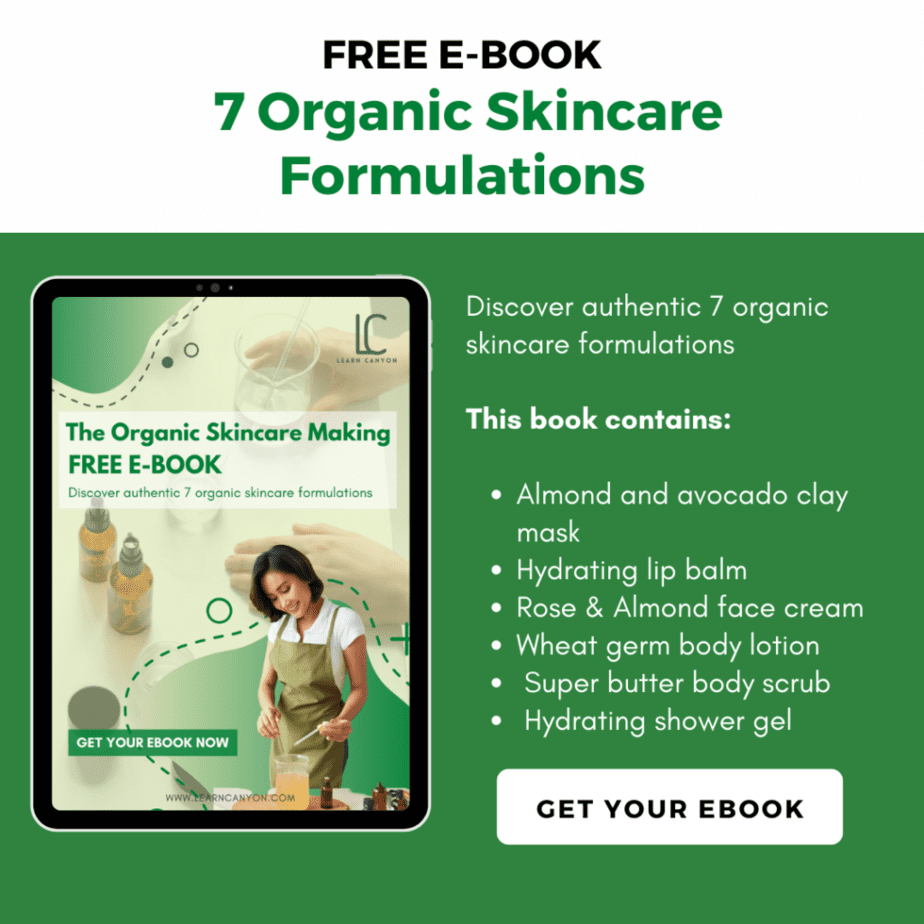
Lavender Oil For Skin: Everything You Need To Know

Lavender Oil
Essential oils have long been hailed for their health and beauty benefits; these natural plant extracts can help you relax while also improving your appearance. As a result, not all essential oils are the same. Gone are the days when Grandma’s secret weapon for keeping the bathroom fresh was lavender.
This one-of-a-kind purple bloom is bigger than ever – and has been hailed as a skin-care champion. From milk tea to marshmallows, cleansers to masks, it’s safe to say that this one-of-a-kind purple bloom is greater than ever – and has been dubbed a skin-care hero.
What Is Lavender Oil?
For over 2500 years, the lavender essential oil has been the most widely used essential oil on the planet. Lavender oil (Lavandula angustifolia) is an essential oil derived from the flowers of the lavender plant, which thrives in France and Bulgaria, among other places.
Linalool, linalyl acetate, lavandulol, geraniol, and eucalyptol are the primary components, according to Greenfield, and they have antibacterial and antifungal characteristics.
| What is it? | Lavender essential oil is distilled from the flower spikes of some lavender species. |
|---|---|
| INCI | Lavandula Angustifolia (lavender) oil |
| Appearance | Clear slightly yellowish liquid. |
| Texture | Smooth, semi-viscous liquid. |
| Recommended Usage | 1-10% |
| Solubility | Oil-soluble (Distillation) |
| Melting point | NA |
| Boiling point | 204.00 °C |
| pH | 6 |
| Aroma | The sweet flower smell of lavender. |
| Why do we include it in formulations? | Anti-inflammatory, antibacterial, and soothing properties. |
| How to work with it? | In the oil phase of your formula, add lavender essential oil. Depending on the needs of your formula, it can be hot or cold processed. |
| Applications | It has relaxing and anti-irritating effects that assist to soothe the skin. |
| Absorption rate | Fast |
| Strength | Lavender oil has sedative properties and may help to calm some muscles. Antibacterial and antifungal properties have also been discovered. |
| Weaknesses | Lavender essential oil can irritate or produce an allergic reaction on the skin, as well as acne and other skin problems. |
| Substitution | Melissa, Spearmint, Narcissus, Celery seed, Black pepper, Myrtle. |
| How to store it? | Store in a sealed container at room temperature in a dry location. |
| Shelf life | Lavender essential oil has a shelf life of two to three years. |
Fun Fact
| Type of ingredient | Essential oil |
|---|---|
| Main benefits | Skin is soothed, acne is improved, free radicals are protected, and bacterial and fungal problems are combated. |
| Who should use it | Anyone with acne-prone skin who is not allergic to lavender or scent and does not have sensitive skin in general. |
| How often can you use it? | Lavender oil is safe to use in your everyday routine if you don't have an allergy to the ingredients. |
| Works well with | A carrier solution, such as a fatty oil, can be used to dilute lavender oil. Lavender provides amazing skin benefits when combined with coconut, jojoba, or grapeseed oil. |
| Doesn't work with | Before using lavender oil, tell your doctor about any prescriptions or items you're consuming. |
| How to use it in formulations | Added to formulations during the cooling down phase |
Mechanisms of action
Linalool and linalyl acetate, the two principal terpenoid components of lavender essential oil, work together to generate an anxiolytic (calming) effect. This is thought to be due to voltage-gated calcium channel blockage, reduced 5HT1A receptor activity, and increased parasympathetic tone, according to researchers.
Benefits of Lavender Oil for Skin
Lavender oil hydrates skin gently and is non-comedogenic. Lavender oil is antimicrobial by nature, which means it destroys acne-causing microorganisms that may have infiltrated your pores. As a result, the purple flower is ideal for preventing, soothing, and treating acne breakouts
Side Effects of Lavender Oil
Due to the potency of essential oils, contact allergies to lavender oil are a distinct risk.
How to use it in formulations?
Lavender essential oil is an aromatic chemical that falls within the category of ‘essential oils,’ hence it should always be used diluted. Please do not apply the essential oil to your skin without first blending it well with an appropriate carrier oil.
Work well with other ingredients
Lavender oil can be diluted in a carrier solution, such as a fatty oil, to make it more effective. Lavender provides amazing skin benefits when blended with coconut, jojoba, or grapeseed oil.





